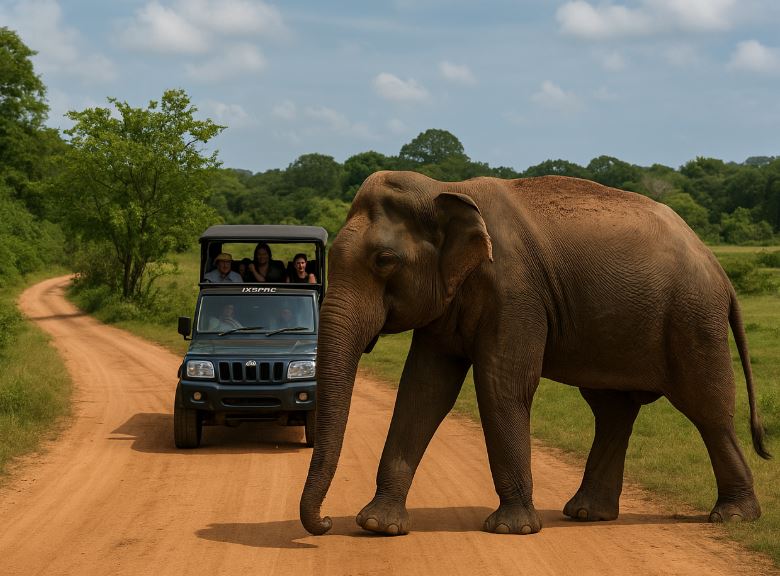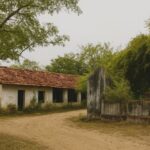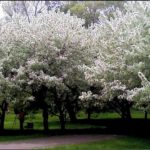Sri Lanka Wildlife Safari Vlog: Wilpattu, Sinharaja, and Udawalawe – By Nadeeka – eLanka
Sri Lanka is one of Asia’s top wildlife destinations, offering travelers a rich and diverse safari experience that rivals many of its continental counterparts. While the country may be small in size, it makes up for it with its abundant natural wonders and biodiversity. From ancient forests filled with endemic birds to sprawling savannahs where elephants roam freely, Sri Lanka delivers unforgettable safari moments. For vloggers and wildlife lovers alike, three destinations stand out for the ultimate safari adventure: Wilpattu National Park, Sinharaja Rainforest, and Udawalawe National Park.
Wilpattu, the largest national park in Sri Lanka, is where the adventure begins. Located in the northwestern part of the island, Wilpattu is famous for its leopard population and its unique natural feature called “villus” – natural lakes nestled within the dense jungle. Unlike the open grasslands of Yala, Wilpattu offers a mysterious and serene atmosphere, with thick forest cover, quiet dirt tracks, and sudden bursts of wildlife activity. Spotting a leopard here feels like unlocking a hidden moment in time. But it’s not just the elusive cats that make Wilpattu magical. The park is home to sloth bears, barking deer, crocodiles, water buffalo, and a wide variety of birds, from crested serpent eagles to painted storks. As your jeep weaves through forest paths, you may also come across playful langurs leaping across branches or peacocks displaying their plumage under golden sunlight. Filming in Wilpattu is a treat—each frame tells a story of wilderness untouched and quietly thriving.
From Wilpattu, the journey takes a different turn toward the misty depths of Sinharaja Rainforest. Recognized as a UNESCO World Heritage Site, Sinharaja is the last viable patch of primary tropical rainforest in Sri Lanka. It offers a completely different kind of safari—one that’s done mostly on foot. This rainforest is not about large mammals or wide-open savannahs; it is about intimacy with nature. As you trek through muddy trails and moss-covered roots, you are immersed in a world of sound and color. Sinharaja is famous for its high number of endemic species, especially birds like the Sri Lanka blue magpie, red-faced malkoha, green-billed coucal, and the Sri Lanka spurfowl. The rainforest is also home to purple-faced leaf monkeys, giant squirrels, and countless reptiles and amphibians that hide in plain sight. For vloggers who thrive on immersive storytelling, Sinharaja offers endless cinematic opportunities—from macro shots of glistening insects to sweeping drone views over untouched canopy. The constant background of birdsong and dripping water adds a soothing rhythm to any wildlife documentary.
Finally, no wildlife vlog of Sri Lanka would be complete without visiting Udawalawe National Park, the premier destination to witness wild elephants up close. Located in the southern dry zone of the island, Udawalawe is built around the Udawalawe Reservoir and serves as a crucial sanctuary for animals displaced by the dam’s construction. The park is particularly famous for its large elephant population, which can often be seen grazing, bathing, or crossing the road just meters away from safari jeeps. Watching baby elephants walk under the bellies of their mothers, or hearing the low rumble of a herd approaching, is a deeply humbling experience. The wide grasslands and open terrain also provide clear visibility, making it easier to film wildlife interactions. Apart from elephants, Udawalawe is home to water buffalo, sambar deer, jackals, crocodiles, and numerous bird species including changeable hawk eagles and Indian rollers. The early morning light in Udawalawe gives the park a golden hue, perfect for capturing breathtaking sunrise visuals on camera.
Each of these locations—Wilpattu, Sinharaja, and Udawalawe—offers a unique piece of the Sri Lankan wilderness puzzle. Together, they form a vibrant mosaic of ecosystems, each with its own personality and wildlife to showcase. A well-crafted vlog capturing these three destinations not only entertains but also educates global audiences about Sri Lanka’s rich ecological heritage. The journey between parks takes travelers across villages, scenic landscapes, and changing climates, making the entire route an adventure in itself.
The beauty of filming wildlife in Sri Lanka is that the experience is raw and real. There are no staged encounters or artificial feeding zones. Patience is essential, and so is respect—for the animals, the land, and the local communities who have lived in harmony with nature for generations. Drone footage, slow-motion animal movements, ambient soundscapes, and thoughtful narration can elevate a vlog from just another travel video to a cinematic celebration of nature.
For travelers planning a similar journey, it’s essential to go with experienced guides and naturalists who not only know where to find the animals but also understand how to do so ethically and sustainably. Avoiding overcrowding, maintaining safe distances, and minimizing environmental impact should be top priorities. Supporting local conservation efforts and eco-friendly lodges is another way to ensure that future generations can enjoy these wild places too.
Sri Lanka’s wildlife safari circuit is more than just a holiday—it’s a soul-stirring experience that connects you to something greater. Whether it’s the piercing gaze of a leopard in Wilpattu, the gentle sway of rainforest leaves in Sinharaja, or the mighty presence of an elephant herd in Udawalawe, every moment spent in the wild here feels sacred. It’s a reminder that some of the best stories are not told by humans, but by the Earth itself.
Capturing those stories on film is not just about content—it’s about responsibility. A powerful vlog can inspire appreciation, change perceptions, and encourage conservation. Sri Lanka gives you the setting, the characters, and the magic. All you need to do is press record.























